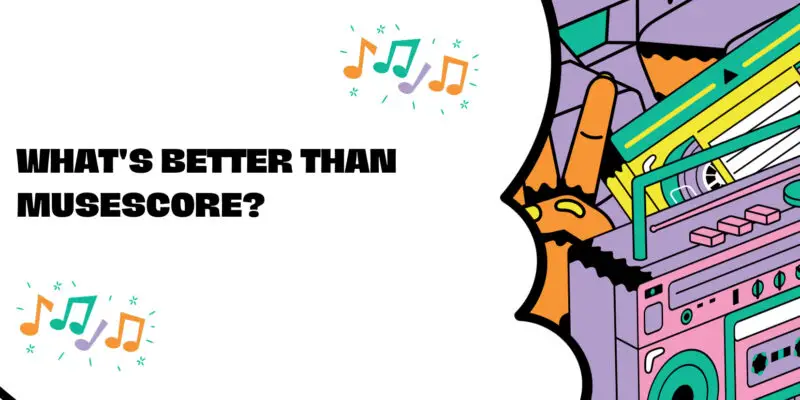MuseScore has established itself as a popular and versatile music notation software, offering musicians, composers, and educators a robust platform for creating, editing, and sharing sheet music. However, it’s natural to wonder if there are alternatives that might better suit specific needs or preferences. In this article, we’ll explore some music notation software options that are considered by some users to be alternatives offering unique advantages.
- Dorico by Steinberg:
- Professional Grade: Dorico is known for its professional-grade music notation capabilities, making it an excellent choice for composers, arrangers, and educators seeking advanced features.
- Scoring Options: It offers comprehensive scoring options, including support for complex orchestral and ensemble notation, making it ideal for large-scale compositions.
- Ease of Use: Dorico boasts an intuitive interface and streamlined workflow, making it accessible to users of all skill levels.
- Sibelius by Avid:
- Industry Standard: Sibelius has long been an industry-standard music notation software used by composers, arrangers, and publishers worldwide.
- Score Sharing: It offers Avid’s cloud-based ScoreExchange platform for sharing and selling sheet music, providing a platform for composers to reach a wider audience.
- Integrated Sound Library: Sibelius includes a vast library of high-quality instrument sounds, enhancing playback and realism.
- Finale by MakeMusic:
- Versatility: Finale is celebrated for its versatility, allowing users to create music notation for various genres and styles.
- Customization: It offers extensive customization options, enabling users to fine-tune every aspect of their musical scores.
- MusicXML Support: Finale is compatible with MusicXML, a standard format for sharing music notation across different software applications.
- Notion by PreSonus:
- Integration: Notion seamlessly integrates with PreSonus Studio One, a digital audio workstation, offering a comprehensive solution for both notation and music production.
- Cross-Platform Compatibility: It’s available on multiple platforms, including iOS, making it a versatile choice for users across devices.
- Educational Resources: Notion provides educational resources and curriculum options, making it attractive for music educators and students.
- LilyPond:
- Open-Source: LilyPond is an open-source music notation software known for its precision and high-quality engraving.
- Text-Based Input: Users enter music using a text-based markup language, which provides granular control over notation and formatting.
- Community Support: The LilyPond community is active and supportive, making it a suitable choice for those who value collaboration and community-driven development.
Conclusion
Determining which music notation software is “better” than MuseScore ultimately depends on individual needs, preferences, and the specific tasks at hand. Each of the mentioned alternatives has its unique strengths and may cater to different types of users, from beginners to professionals. MuseScore remains a valuable and accessible choice, while the alternatives offer additional features and capabilities that may be particularly appealing to certain users. Exploring these options allows musicians and composers to find the music notation software that best aligns with their creative goals and workflows.


